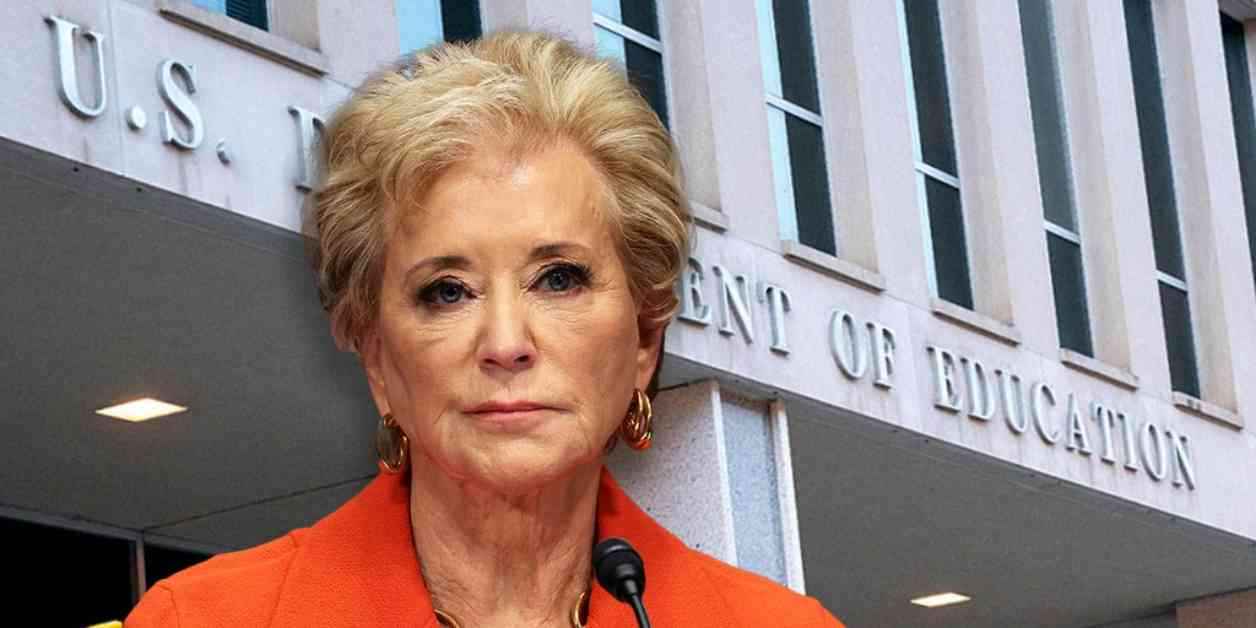President Trump is anticipated to issue an executive order aimed at eliminating the Department of Education, as reported by The Wall Street Journal. The draft of the order directs Education Secretary Linda McMahon to take steps to facilitate the closure of the department within the bounds of the law, highlighting Trump’s long-standing ambition to dismantle the agency.
Trump’s Plan to Abolish the Department of Education
The draft order emphasizes the administration’s view that federal control over American education through funding and programs has not served the best interests of students, teachers, and families. President Trump has repeatedly criticized the Department of Education for its perceived failures, citing statistics that place the United States at number 40 in global education rankings despite being the top spender per pupil.
Following her confirmation by the Senate, Linda McMahon expressed support for the president’s plan to abolish the department, in alignment with his vision of returning educational governance to the states. McMahon’s approach to education under the administration is grounded in three core beliefs: empowering parents as primary decision-makers, refocusing on core subjects, and emphasizing post-secondary education as a pathway to meaningful careers.
The Department of Education’s Transition
The impending closure of the Department of Education marks a significant shift in federal education policy. With approximately 4,500 employees, the agency is currently offering incentives for staff to resign or retire as part of anticipated workforce reductions. The move signals a broader effort by President Trump to streamline government operations and devolve authority back to state-level education systems.
In conclusion, President Trump’s executive order to abolish the Department of Education represents a paradigm shift in federal education policy. The decision underscores the administration’s commitment to returning decision-making power to states, prioritizing core subjects in education, and aligning post-secondary education with workforce needs. As the transition unfolds, the impact on students, teachers, and families remains a focal point of discussion and debate.


